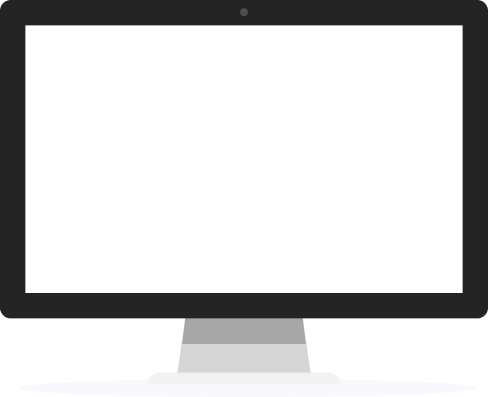Requirement Gathering: The tool used for requirement gathering purposes is the Requirement Analysis Question Set (RAQS) which is distributed to certified Key Users. Answers to RAQS questions are prepared and submitted digitally to the next4biz project team by whom they are compiled and consolidated.
Project Kickoff: The project kickoff is a significant meeting that marks the official initiation of rollout project activities. It is a jump-off point for all members of the project team, both from your organization and next4biz. During the meeting responses to the RAQS are reviewed and the draft project plan shared is divulged.
Project Requirement Analysis: During this activity the Project Analysis Document (PAD) is prepared on the basis of responses to the Requirement Analysis Question Set and additional information gathered during project kickoff. PAD provides the basis and determines the scope of further analysis and design, including customer data requirement analysis and integration requirements analysis.
Customer Data Requirement Analysis: Based on the scope defined by the Project Analysis Document, the data structures for storing CSM related data and master data are determined and defined. Existing built-in next4biz CSM data elements are matched with your requirements, while new data elements required for the solution are identified. The identified customer data elements are either mapped to the user interfaces or to external systems that will be supplying the data.
Integration Requirements Analysis: In this activity each system slated for integration is assessed from a technical standpoint to ascertain the appropriate technologies, methods, scope, and structure for establishing an interface that facilitates inter-system communication. The results of the analysis are documented in a comprehensive Integration Plan.
